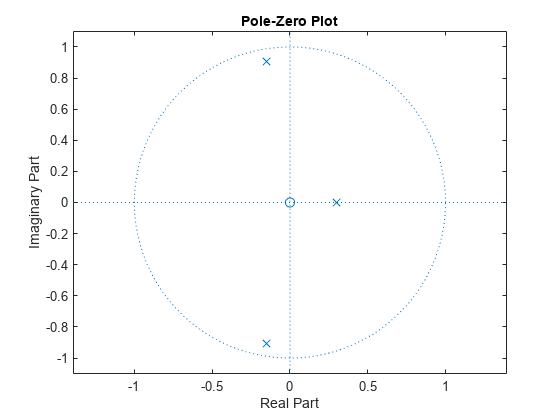eqtflength
Equalize lengths of transfer function numerator and denominator
Description
Examples
Input Arguments
Output Arguments
Tips
Algorithms
eqtflength(num,den) appends zeros to either
num or den as necessary.
eqtflength removes any trailing zeros that
num and den have in common.
Extended Capabilities
Version History
Introduced before R2006a
